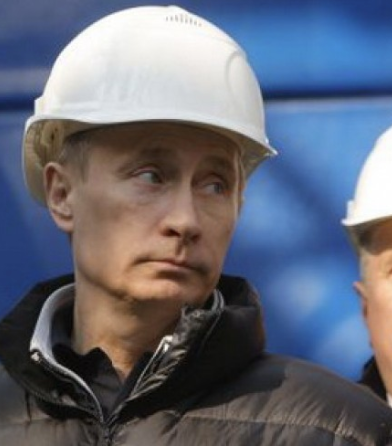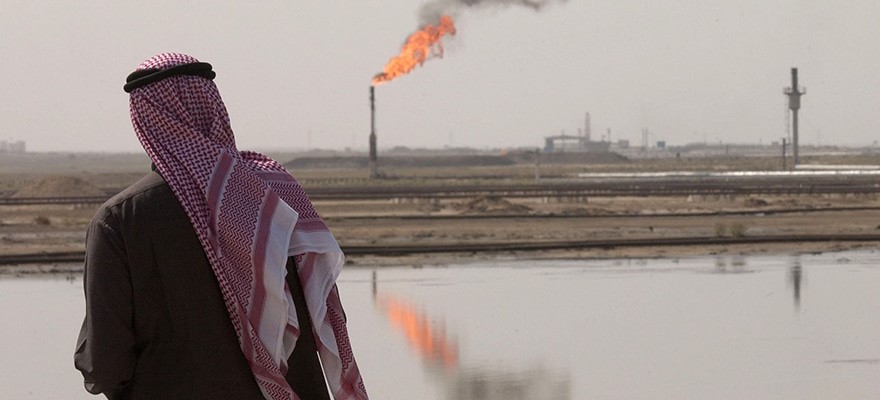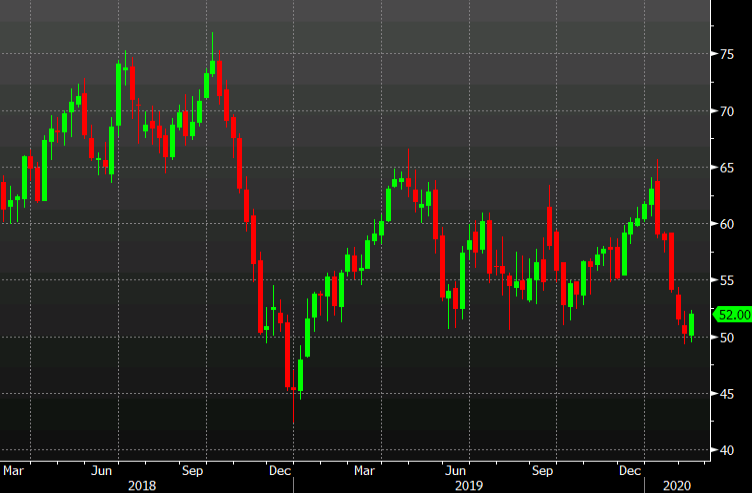Reuters report on what analysts & some in the industry are expecting
- Larger producers are re-opening the taps in low-cost plays in Texas, but also in expensive shale basins in North Dakota and Oklahoma.
- “With prices where they are now, if they stay above $30, I wouldn’t expect any significant curtailments from us in Q3 or beyond,” Devon Energy Corp Chief Executive David Hager said at a J.P. Morgan energy conference on Tuesday.
This would be a rapid (albeit partial) bounce back from prior supply cuts in shale. It’ll add pressure back onto OPEC+ who recently agreed to extend their their output cuts. Supply coming back on line as prices rise … pretty textbook economics this.
Here’s the link to Reuters for more







